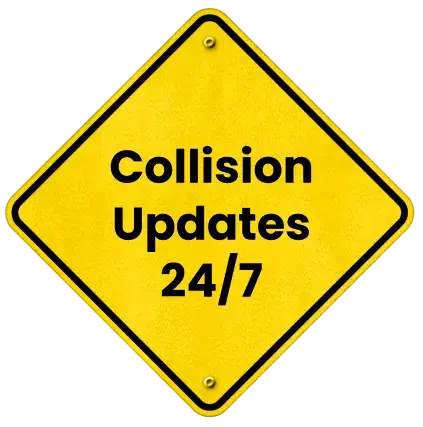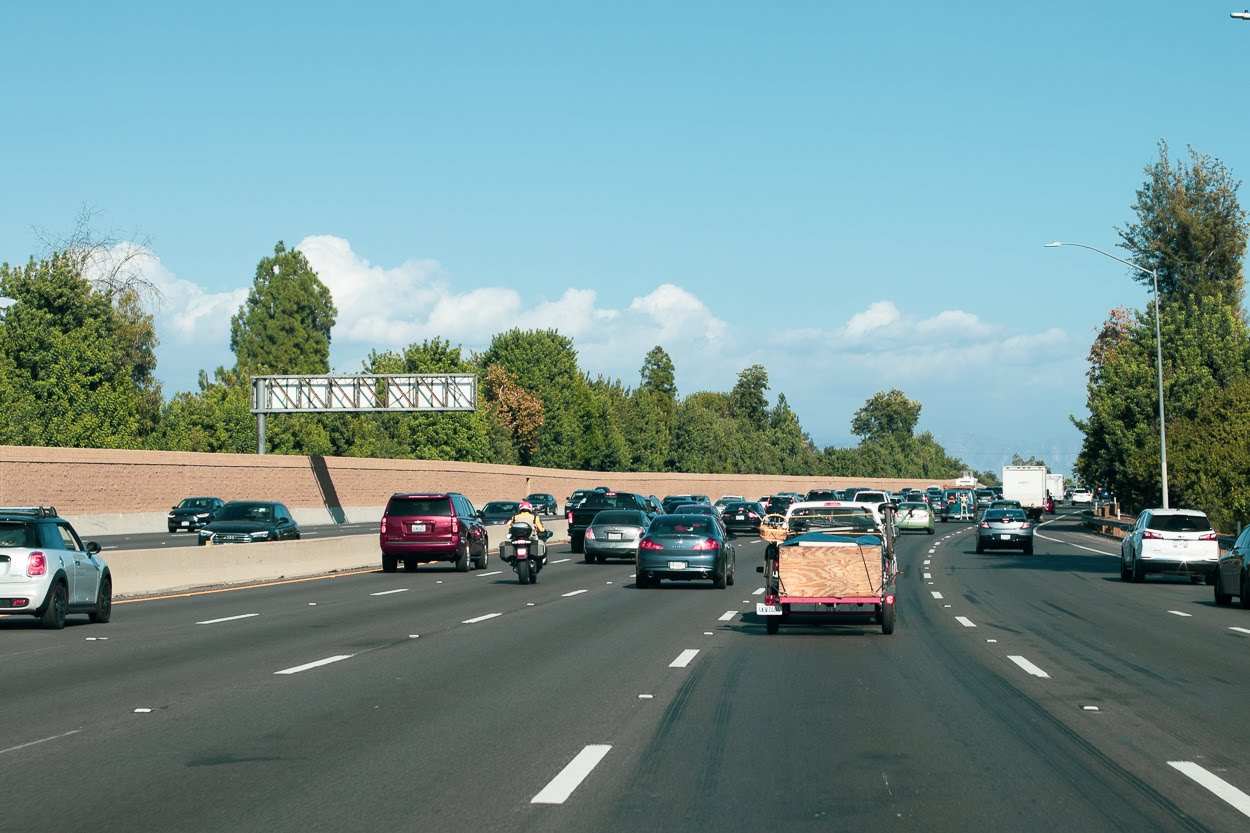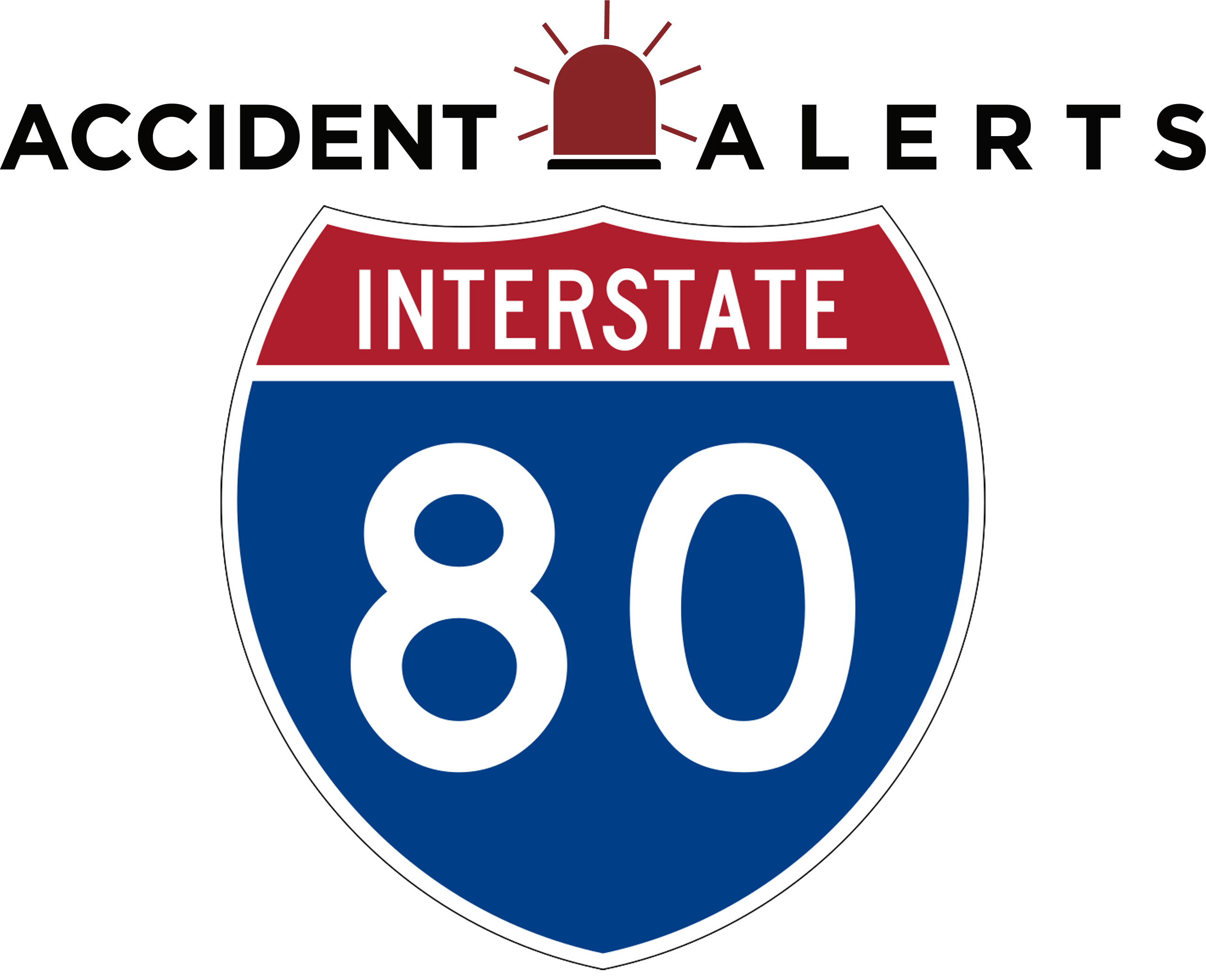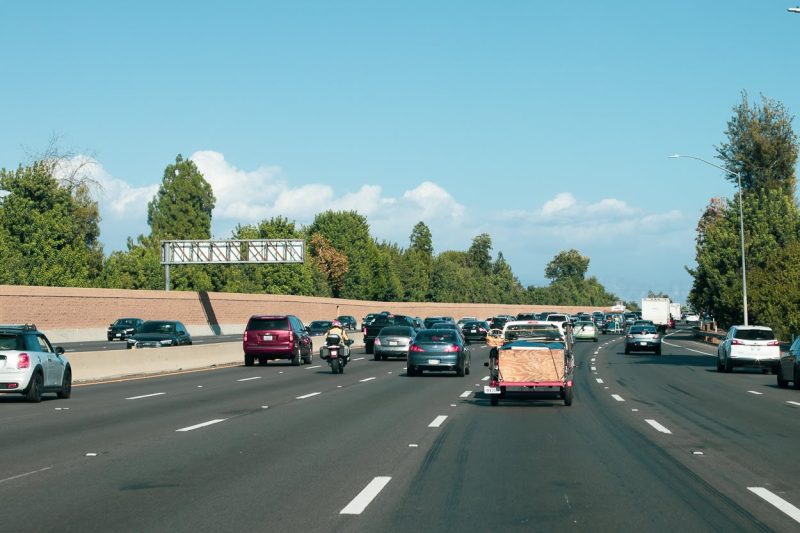
Motorcyclist Risks on I-80: Wind Shear, Debris & Visibility


Riding a motorcycle along Interstate 80 can be a breathtaking experience—but also one of the most challenging. Stretching coast to coast, I-80 presents unique hazards to riders, and motorcyclists face an elevated risk of serious injury compared to drivers of enclosed vehicles.
Understanding the factors behind I-80 motorcycle crash incidents, recognizing the importance of biker safety on Interstate 80, and knowing what steps to take after a collision are essential for every rider.
The Unforgiving Nature of I-80’s Environment
Unlike many other interstates, I-80 runs through some of the most variable terrain and weather in the nation. These contrasts mean that the hazards facing motorcyclists on one segment can differ dramatically from those in another.
Open stretches are notorious for crosswinds. When large gusts sweep across open fields or down canyon corridors, they can easily destabilize a rider.
Meanwhile, in more urban portions, riders encounter traffic congestion, tight lanes, and debris from tire blowouts or road construction. This debris can cause catastrophic loss of balance for a motorcyclist traveling
at highway speeds.
Then there’s glare. Westbound riders in the afternoon or eastbound riders at sunrise often battle visibility loss from sun glare. Reduced visibility leads to delayed reactions and misjudged distances.
Crosswinds: The Invisible Threat
Crosswinds are one of the most underestimated dangers for riders on Interstate 80. The sudden force of wind against a bike’s side can cause rapid lane drift, particularly when transitioning from sheltered areas to open ones.
Riders on lighter or high-profile motorcycles are especially vulnerable. According to the National Highway Traffic Safety Administration (NHTSA), wind-related stability loss contributes to a measurable share of single-vehicle motorcycle crashes each year, particularly in open regions with strong seasonal gusts.
To counter this, experts recommend positioning your motorcycle toward the side of the lane opposite the direction of the wind. This provides extra buffer space should a gust push you off course. Maintaining a relaxed but firm grip allows you to respond dynamically instead of overcorrecting.
Debris and Road Surface Hazards
I-80’s heavy commercial traffic leaves a steady trail of hazards for riders. Each year, hundreds of motorcycle collisions nationwide are linked to road debris.
For riders, the challenge is reaction time. At 65 mph, even half a second’s delay in spotting debris can make avoidance impossible. Riding closer to the center of the lane, where tire debris tends not to accumulate, helps reduce the risk. Riders should also scan far ahead, using the “12-second rule” to anticipate potential hazards before they reach the front wheel.
Uneven pavement and grooves from resurfacing projects are also common along I-80’s busy sections. These can grab the narrow front tire of a motorcycle and cause instability. When passing through construction zones, maintaining a steady throttle and avoiding abrupt braking can prevent traction loss.
Glare and Lane Visibility Challenges
Sun glare poses a serious but often overlooked threat to motorcyclists on I-80, particularly during dawn and dusk hours. When sunlight hits the windshield of a car ahead, it can reflect into a rider’s eyes, momentarily blinding them. In addition, oil residues and dust on the road surface intensify the glare, making lane markings harder to distinguish.
Limited lane visibility increases the risk of lane drift, missed debris, and failure to see brake lights or turn signals. Riders should equip their helmets with transitional or tinted visors and keep visors clean and scratch-free to maximize clarity.
Even a small lapse in visibility can have serious consequences. Glare-related crashes often result in delayed braking or failure to notice stopped traffic ahead.
PPE: The Line Between Injury and Survival
Personal protective equipment (PPE) remains a rider’s strongest safeguard against injury. The human body offers no crumple zones—gear must provide them instead. According to the National Highway Traffic Safety Administration (NHTSA), helmets reduce the risk of head injury by 69% and the risk of death by 37% in motorcycle crashes.
Proper PPE for I-80 riders should include:
- A DOT-approved full-face helmet to protect against debris, impact, and head trauma.
- Armored jackets, gloves, and pants with CE-rated protection to prevent abrasions and fractures.
- High-visibility colors and reflective materials on jackets or helmets to enhance visibility in glare and low-light conditions.
- Sturdy, over-the-ankle boots to protect feet and provide ankle support during slides or low-speed drops.
Even short commutes on I-80 deserve full protective gear—wind shear, loose gravel, or a flash of glare can turn an ordinary ride into a high-speed emergency in seconds.
Post-Crash Steps for Riders
After a motorcycle crash, chaos and adrenaline can obscure key details. However, the steps taken immediately afterward often shape the outcome of insurance claims and injury recovery. The priority is always safety: move out of the roadway if possible and call 911 immediately.
Once you are safe, document everything. Note the time of day, weather, wind conditions, and visibility level. Collect witness statements if anyone stopped to help, and ensure you obtain the responding officer’s name and report number.
Medical attention should come next, even if injuries seem minor. Many trauma symptoms don’t appear immediately. Seeking prompt evaluation creates an essential medical record that supports future claims and ensures your safety.
Finding the Right Legal Support After an I-80 Motorcycle Crash
Motorcycle accidents on I-80 can involve multiple vehicles, out-of-state drivers, and complex roadway conditions. Victims often face lengthy recoveries, lost income, and medical bills that can overwhelm even the most prepared families. Legal support is crucial for understanding liability.
An experienced attorney familiar with biker safety and interstate crash litigation can investigate environmental factors, vehicle maintenance records, and agency data to establish the full cause of the collision. They can also help secure evidence from highway cameras and weather reports to support your claim.
If you or a loved one were injured in an I-80 motorcycle crash, you don’t have to face the aftermath alone. We can put you in touch with an I-80 motorcyclist accident attorney who understands the complexities of biker safety on Interstate 80 and will work to protect your rights and recovery.

